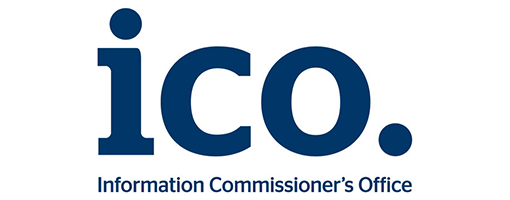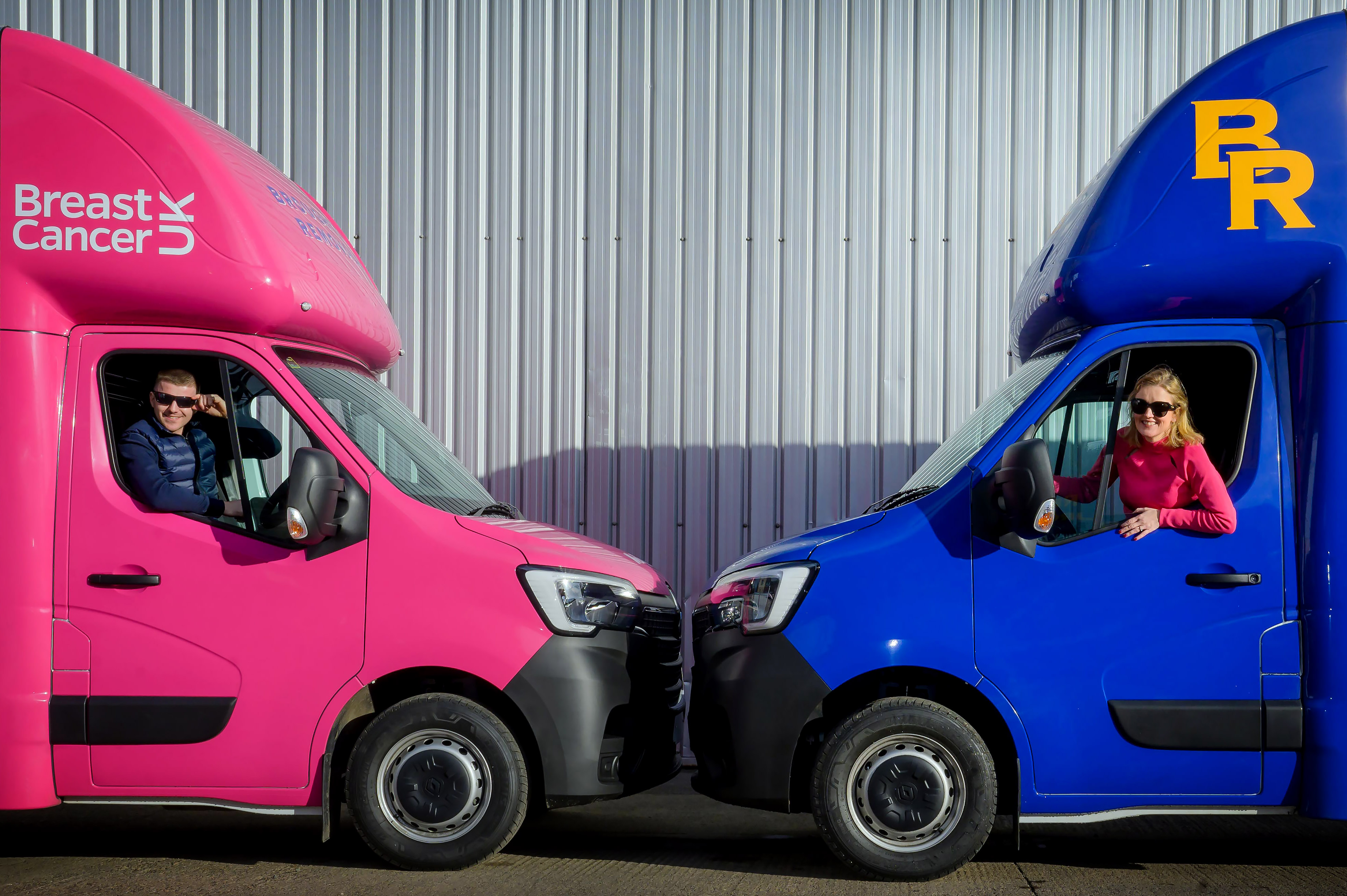Chasing an idealised version of the flawless, ever-available volunteer risks overlooking the real people who give their time. If we want lasting, inclusive volunteer programmes, we must trade perfection for partnership — and meet our volunteers as they are.
______________________________________________________________________
The Perfect Volunteer is retired. The Perfect Volunteer is an ex-professional from a relevant industry. The Perfect Volunteer has unlimited time, unlimited knowledge, and they would like to share all of it with us, and only us, free of charge. The Perfect Volunteer needs no training, no time to adjust into their responsibilities, and no guidance from paid staff. The ‘learning curve’ doesn’t exist with the Perfect Volunteer. They come ready-made, at ease, and in their element. The Perfect Volunteer takes initiative without being asked, stays later than required, never burns out, and always says yes.
Does this sound familiar? This figure of the Perfect Volunteer is the kind of thing department heads dream about. Who wouldn’t! They sound fantastic. And, once in a blue moon, perhaps you do come across an enthusiastic, endlessly available, retirement-age expert in your exact field, with a heart of gold, an empty calendar, and an explicable passion for your filing system.
But here’s the problem: chasing the myth of the Perfect Volunteer often means overlooking and perhaps undervaluing the real, diverse, and equally valuable human beings who actually show up.
Real volunteers have limits. They might have caregiving responsibilities, mental or physical health considerations, or part/full time jobs. They might be younger and looking to build skills rather than share them. They might be nervous, hesitant, or timid. They may need supervision, support, and, yes, patience while they learn the ropes and build their confidence. None of that should ever be a problem in a well built volunteer programme.
Good volunteer programmes are built on mutuality. Volunteers give their time, skills, and energy, but they also should receive something back. That might be experience, friendship, a sense of belonging and community, a professional reference, or even just a good cup of tea and a thank you. If we want volunteers to stay, to thrive, and to advocate for our organisations, we need to meet them with flexibility, respect, and understanding, not unrealistic expectations and impatience. We must recognise that every volunteer - whether they’re with us for a reason, a season, or a lifetime - brings value that matters equally.
Volunteers can bridge the gap between organisation and community. They are the community! And they may bring even better insight into our demographic than we can. Volunteer presence can humanise a service, making it feel less transactional. Volunteering can allow people to have the freedom to try new things, flex new muscles, and share new ideas in a way that paid work might not always facilitate. Volunteerism is contagious. It inspires others to volunteer, it boosts advocacy, and it can even encourage donations. None of these benefits are exclusive to one type of volunteer.
So, let’s retire the myth of the Perfect Volunteer. Let’s instead work with the real ones: messy, brilliant, sometimes nervous, sometimes unsure, always human. Because in truth, it’s not perfection that sustains a volunteer programme, it’s relationships. And those take time, investment, and care.
Eleanor Smith is the Volunteer Coordinator for the Urmston Community Hub based in Age UK Salford and Trafford. She can be contacted at eleanorsmith@ageuksalfordandtrafford.org.uk
Latest News
-
More than one in four charity workers fear losing their job this year
-
Charity's founding leader to move on after 28 years
-
‘Worrying trend’ of charity CEOs quitting amid burnout fears
-
Suneet Sharma: Embedding governance as a strategic enabler
-
Global disability charity closes UK office citing ‘financial pressures’
-
Q&A: Why a proactive approach to organisational health checks is key in the third sector
Charity Times video Q&A: In conversation with Hilda Hayo, CEO of Dementia UK
Charity Times editor, Lauren Weymouth, is joined by Dementia UK CEO, Hilda Hayo to discuss why the charity receives such high workplace satisfaction results, what a positive working culture looks like and the importance of lived experience among staff. The pair talk about challenges facing the charity, the impact felt by the pandemic and how it's striving to overcome obstacles and continue to be a highly impactful organisation for anybody affected by dementia.
Charity Times Awards 2023
Mitigating risk and reducing claims

The cost-of-living crisis is impacting charities in a number of ways, including the risks they take. Endsleigh Insurance’s* senior risk management consultant Scott Crichton joins Charity Times to discuss the ramifications of prioritising certain types of risk over others, the financial implications risk can have if not managed properly, and tips for charities to help manage those risks.
* Coming soon… Howden, the new name for Endsleigh.
* Coming soon… Howden, the new name for Endsleigh.
Better Society

© 2021 Perspective Publishing Privacy & Cookies











Recent Stories